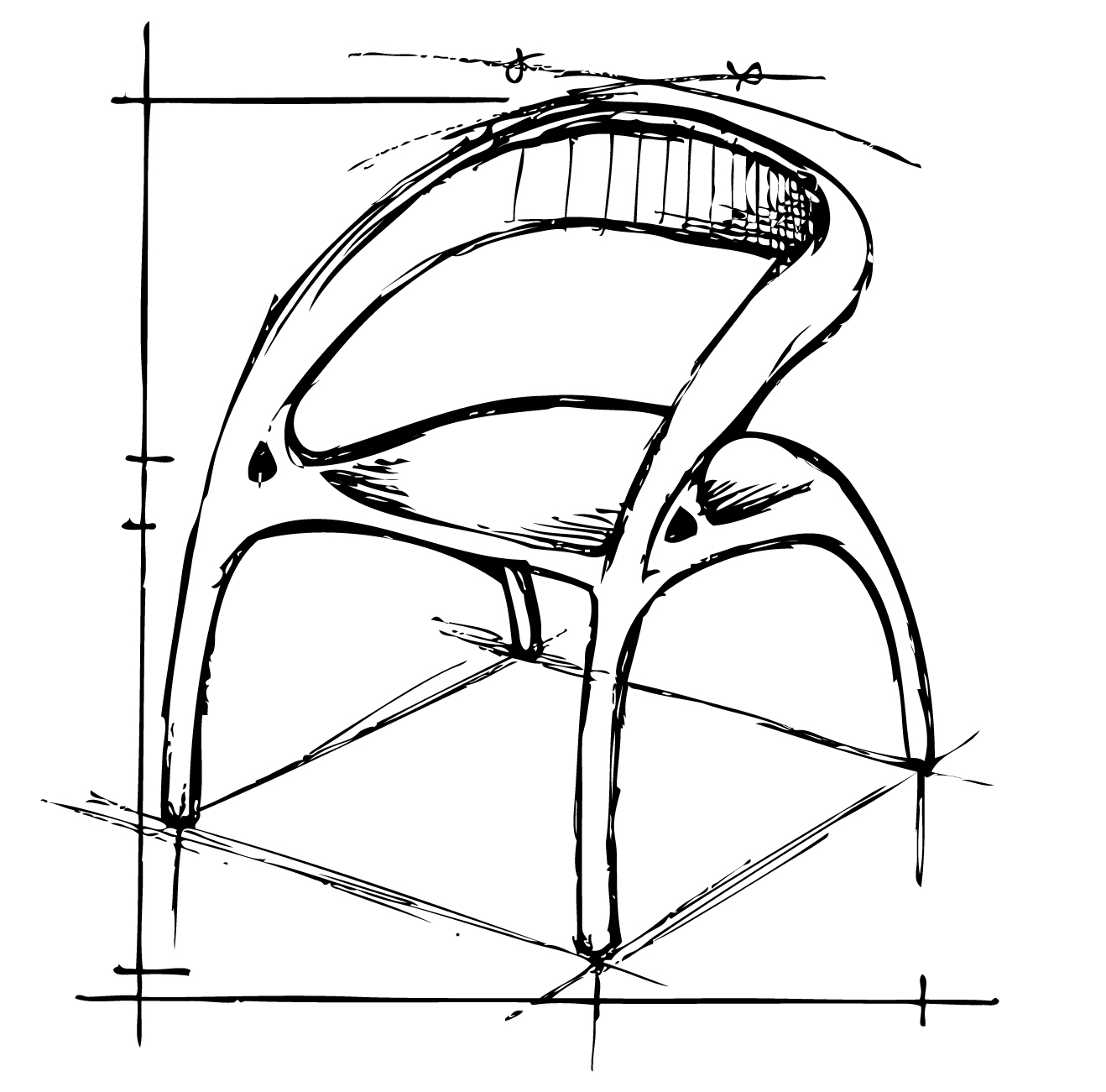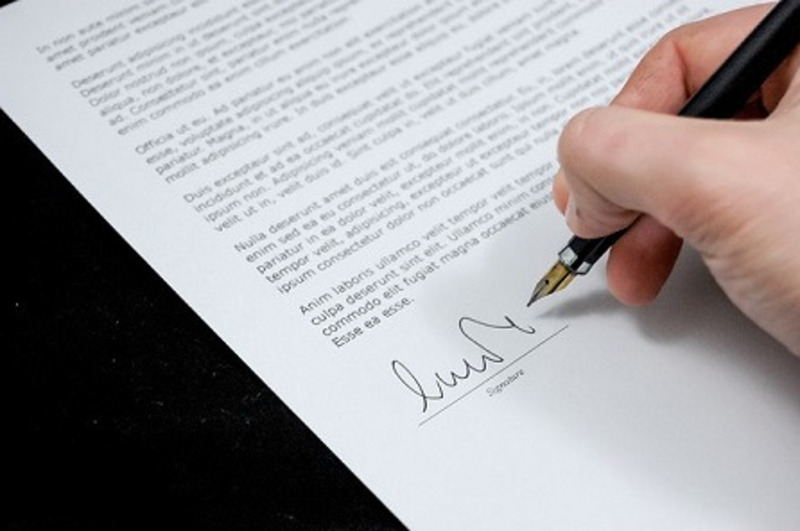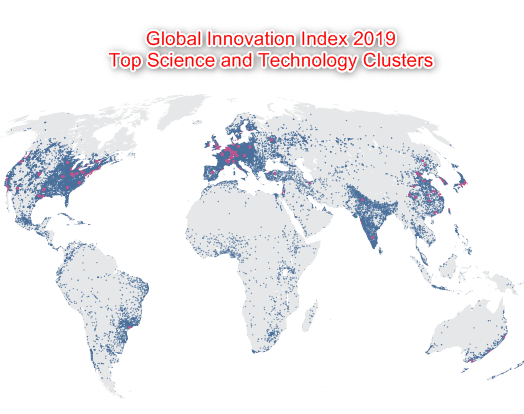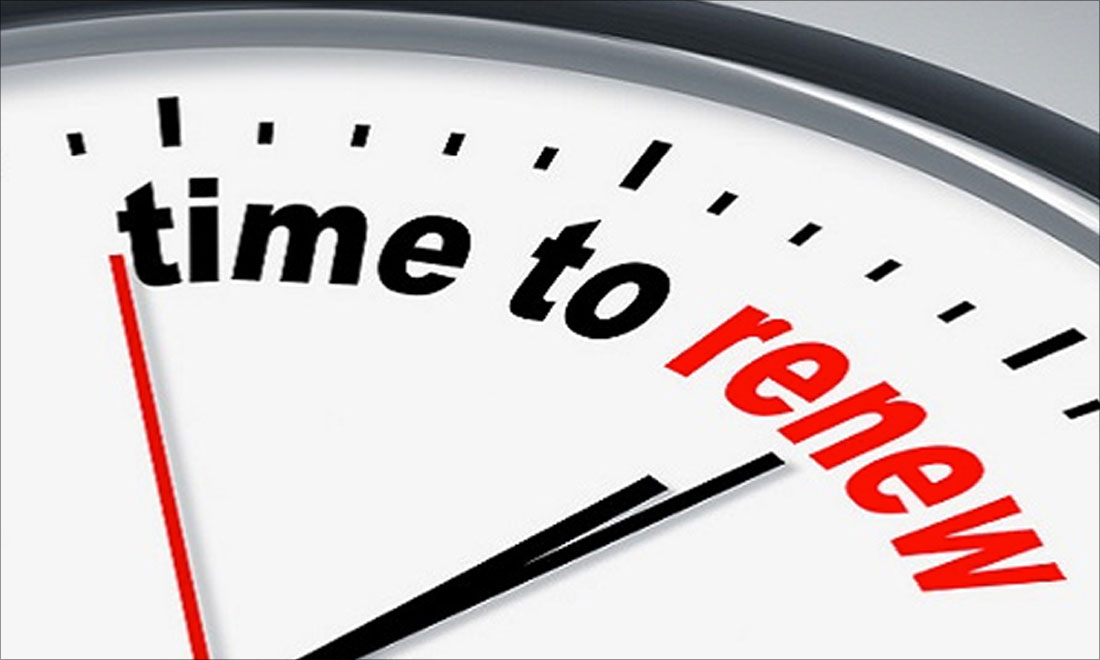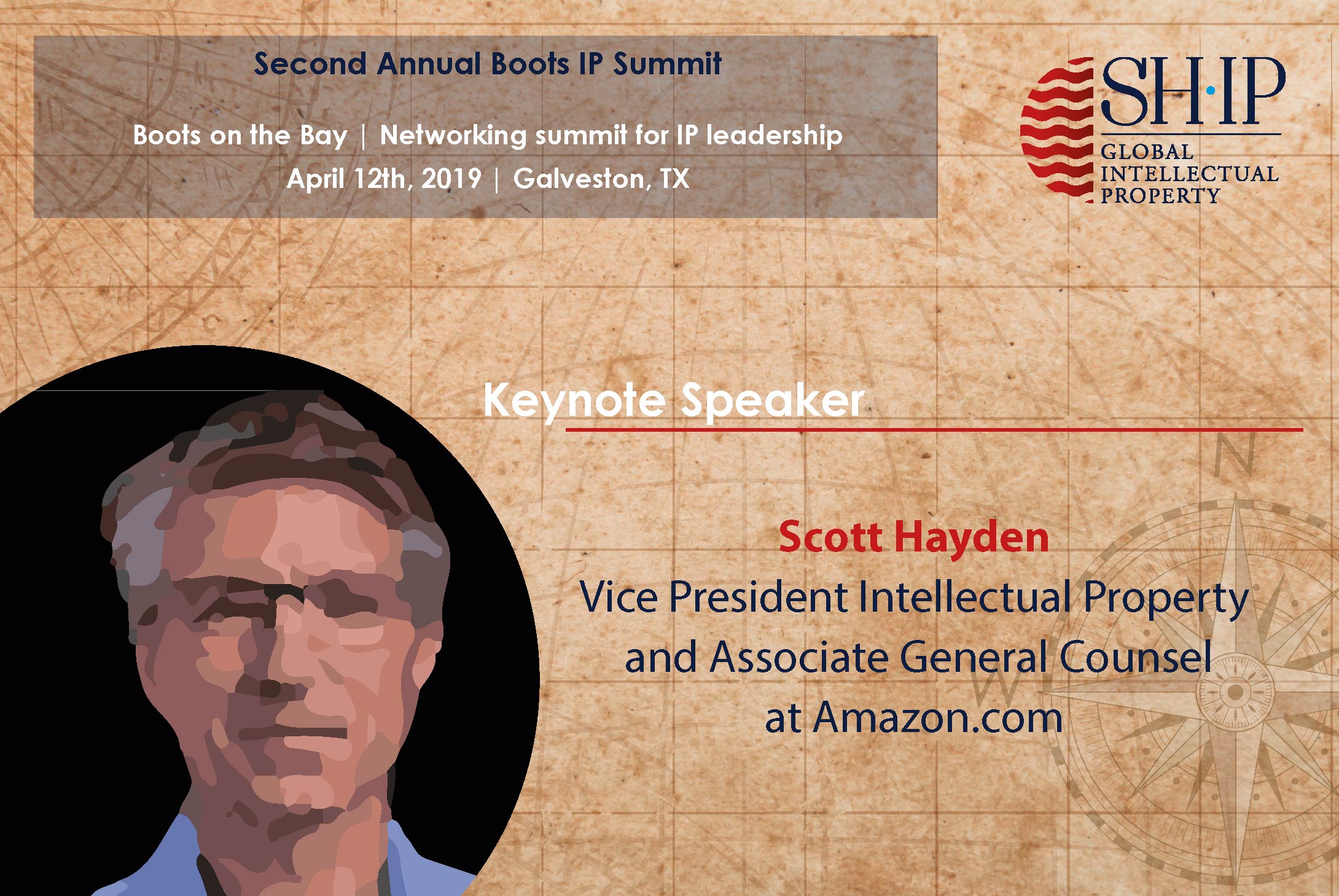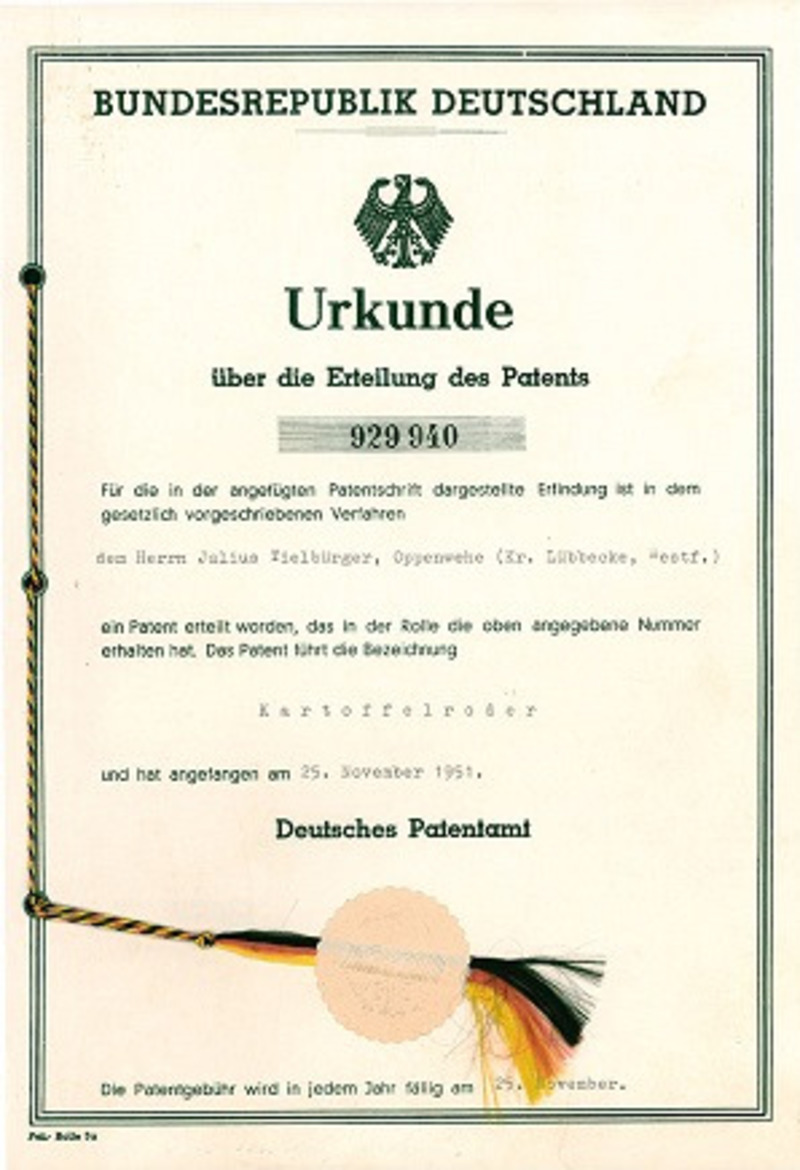
The importance of patent translation
A patent. Well already, just like that, the term inspires respect, and especially if the subject is the translation of patents. In fact there is no lack of reasons because patents are complex technical documents that recognize the rights of the inventors, designers and creators to benefit exclusively from their inventions. What this means is that they guarantee that no other persons may benefit from selling their inventions. This is one way of protecting the industrial property or the intellectual property of the inventors. If a patent in itself already implies that the text we are going to read will be, not necessarily unwieldy, but certainly involving complex syntax and very specialized terminology, now imagine that the text in such a patent is a translation. If the translator is not well versed in the subject or is not very skilled, the resulting gibberish may be impossible to understand.
Jurisdiction and intellectual property
One of the objectives of the inventors when they patent their innovations is to achieve the maximum internationalization of their patents. So that they can be protected in different countries, the original patent must be translated into the language of the jurisdiction in which the invention is going to be marketed. Such that the translation is indispensable in order to obtain the certificate for the title of registration granted by the law in the relevant country.
But why is patent translation so important? In a global economy, intellectual property and industrial property are tools that ensure that companies remain competitive and in business. In order for these rights, which are essential in the development of companies, to be protected it is necessary to obtain the patent in the relevant jurisdiction. Such that, as well as the indispensable translation, we must also know the protocols, procedures and paperwork required to achieve the title of grant or registration that officially makes it the property of the applicant.
The translation of each patent is a challenge in itself
Direct, clear and concise language is exactly what patent translations require. In this type of translations, when we talk about a chemical product or a technological device it is essential that the translated word describes exactly what the original text states, so it is much more literal, without including cultural equivalents or approximations in the target language.
Taking into account the public the target patent is another indispensable task for a translator specializing in industrial property. Such a translator must be not only a native speaker of the target language, but must also be an expert in the subject matter of the translation. She/he must know the technical vocabulary required to describe the invention with total reliability and it is essential that they are familiar with the formats required by the patent office in which the documents are going to be filed.
Technology is constantly evolving. The eagerness of many patent translators to be up to date in their areas of specialization makes some of them even become opinion leaders in such fields.
Consequences of an incorrect translation
An incorrect or low quality translation may restrict the scope or a patent and may have disastrous financial and legal consequences. Unfortunately this is a fact, an inventor may achieve different levels of protection for a same patent depending on each country, not because they are granted under different patentability criteria, but because the translation of the patent claims may have included one or more errors, which may even make a patent ineligible for its most attractive potential market.
Ana Rojo, a well-known Associate Professor of Translation and Interpretation at the University of Murcia, states in her book “Step by Step: A Course in Contrastive Linguistics and Translation”, a case in which the European Patent Office granted a patent for cloning human cells, when the application only referred to animals. The patent claims in German and French used specific terms (“tier” and “bête”, respectively), referring to animals, whereas the English translation included the term “animal”, which in English may also refer to humans.
Nevertheless, we must not forget that translation is an art, not a science. It is more that likely that two experts working on a same document end up with translations with subtle differences. One of the advantages of using a company with an internal service specialized in patent translation is the ease of communication with clients and the use of approved glossaries, thus ensuring consistent, reliable translations. SHIP Global IP has an in-house multidisciplinary team of translators, proofreaders, linguists, lawyers and engineers.
The Patent Cooperation Treaty (PCT)
This treaty establishes a procedure for patent applications with validity in all the member countries. It is a service offered by the WIPO (World Industrial Property Organization). Via this procedure, the applicant achieves protection for a patent in up to 148 countries. The quality of the patent translation is very important. At SHIP we are aware that a PCT, once it has passed the national phase, can have its scope reduced or even be declared void by the different national offices if the translation is not correct.
European Patent Office
This application procedure is the European route for obtaining protection in the countries attached in the European Patent Convention. There are currently 38 member countries. Patents filed via this procedure must be filed in German, French or English. The advantage is that protection is achieved in all the countries of the Convention with a single application.
The translation of a patent is an essential phase in the management of intellectual property rights and here at SHIP we are very aware of that. This is why throughout our professional career we have developed an infrastructure based on the creation of a network of expert intellectual property agents and the development of a translation activity specialized in intellectual and industrial property, covering all industrial property services from A to Z, that is, throughout the entire life cycle of a patent.



